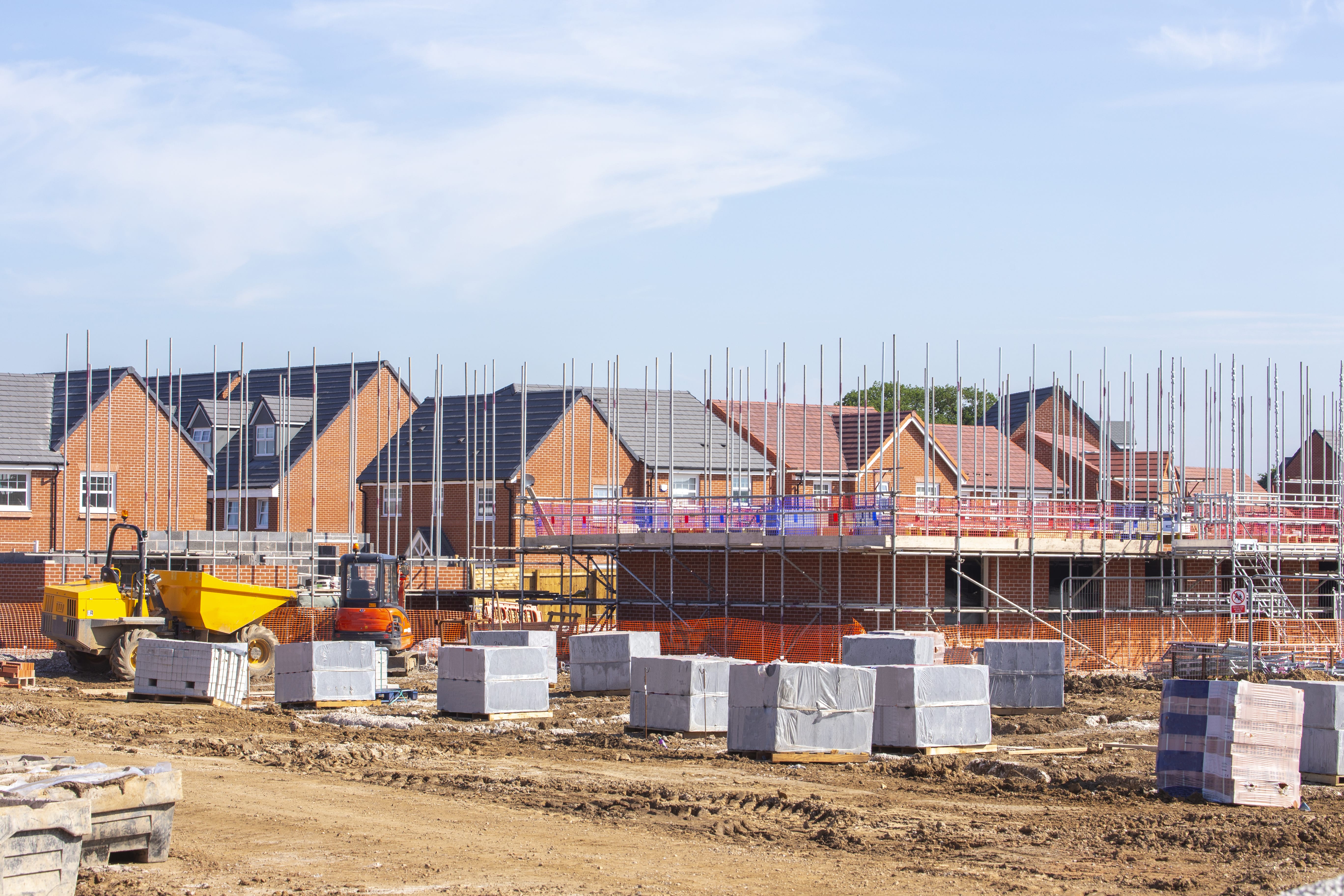Construction workloads in Wales were broadly flat during the first quarter of 2024 according to the results of the latest Royal Institution of Chartered Surveyors (RICS) Construction Monitor. However, respondents expect improvement in the year ahead.
A net balance of +2% of Welsh respondents reported that construction workloads rose through Q1 2024, an improvement from -16% in the previous quarter.
Public housing was the only subsector were workloads were seen to be rising solidly. However, some of the more negative balances in the previous quarter, such as private housebuilding and private industrial activity, are now seeing broadly flat activity rather than steep falls.
This appears to be leading to a more positive outlook than before. A net balance of 14% of Welsh respondents now expects workloads to be higher in a year’s time. This is up from a net balance of -9% in Q4 2023.
Surveyors are though still relatively negative about profit margins. A net balance of -10% of respondents in Wales anticipate that profit margins will fall through the next 12 months.
When it comes to the availability of skills, Welsh respondents continue to report shortages, however, these appear to be continuing to ease across a range of disciplines. When looking at quantity surveyors, 50% of Welsh respondents now report a shortage, which is down from 56% the quarter previous and 77% this time two years ago.
Robert Fisher of Robert Fisher Limited in Swansea said: “Demand for small domestic works is still relatively high, mostly from incoming home owners and existing home owners unable to move upmarket due to house prices and higher interest rates”.
David John Flower of D J Flower Chartered Quantity Surveyors in Wrexham said: “In particular, planning delays and uncertainty are delaying several projects which may result in cancellations”.
Commenting on the UK picture, Simon Rubinsohn, Chief Economist at RICS, commented: “The results of the Q1 RICS Construction Monitor suggest that activity in the industry more broadly is likely to start picking up as the year progresses although for the time being, it remains the infrastructure sector where sentiment remains most positive. The more upbeat expectations for the residential segment is particularly encouraging given the sharp fall in supply over the last year or so but, to put this in some context, the latest reading is not indicative of a return to even previous development numbers let alone reaching the goal of 300,000 units per annum.
“Although there is a little more optimism about a likely easing in credit conditions towards the back end of this year, financial constraints currently continue to be perceived as the major challenge facing the industry.
“Alongside this, securing planning is also seen as a key obstacle to getting on site while even with the relatively subdued trend in activity, difficulties in sourcing sufficient quantities of skilled labour are still being highlighted”.








Leave a Reply
View Comments